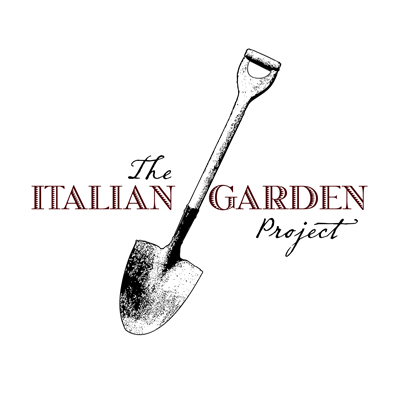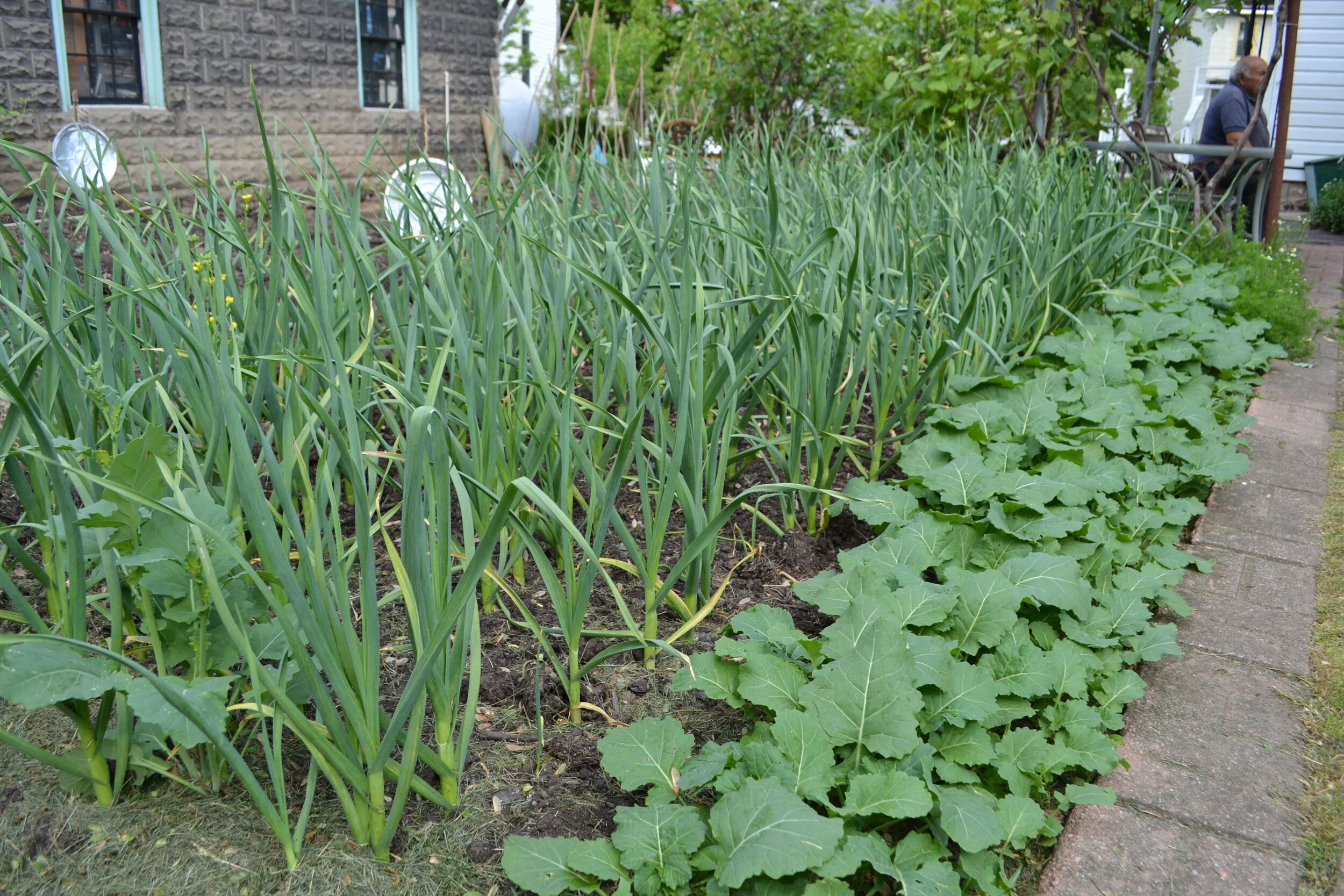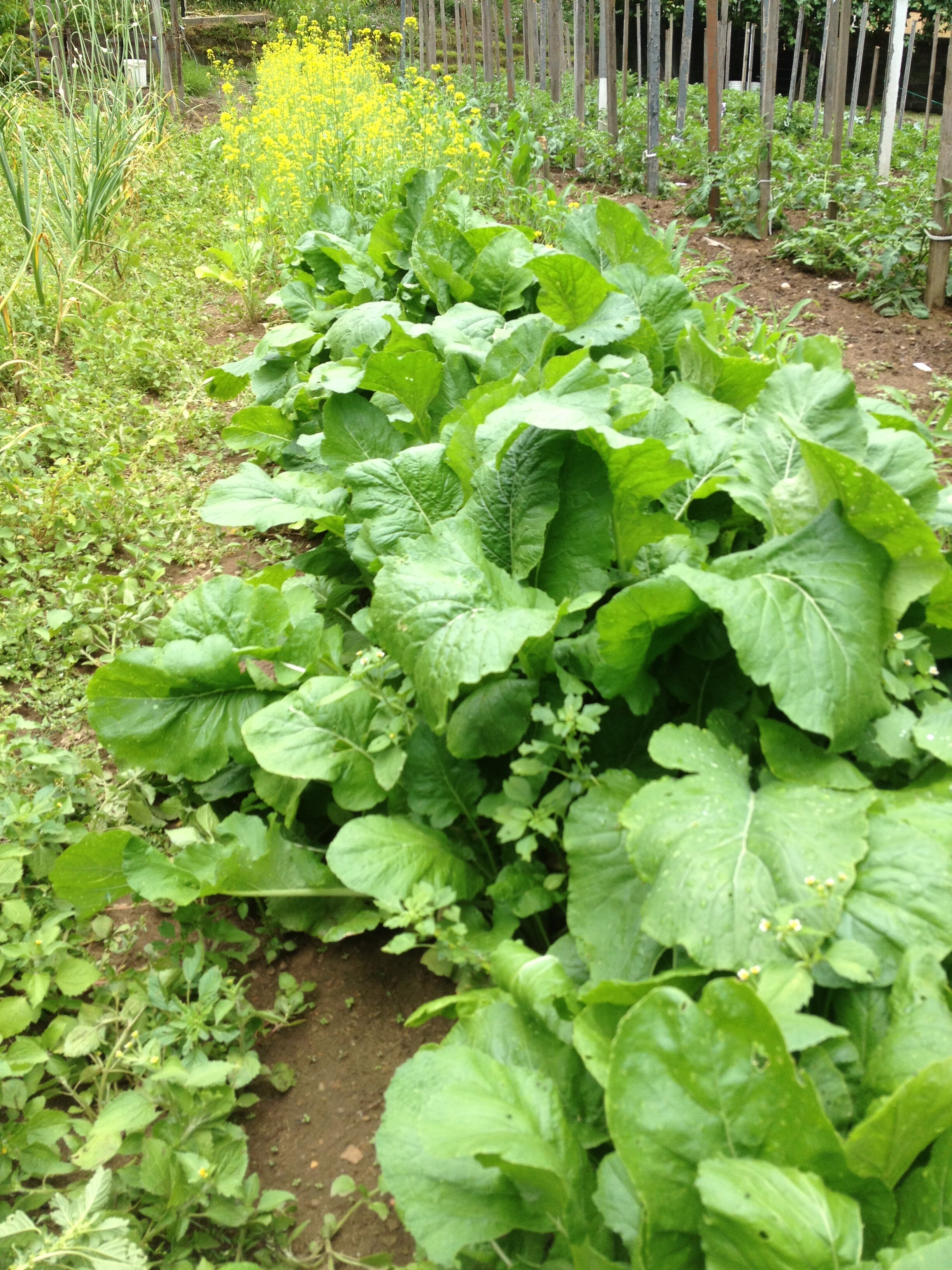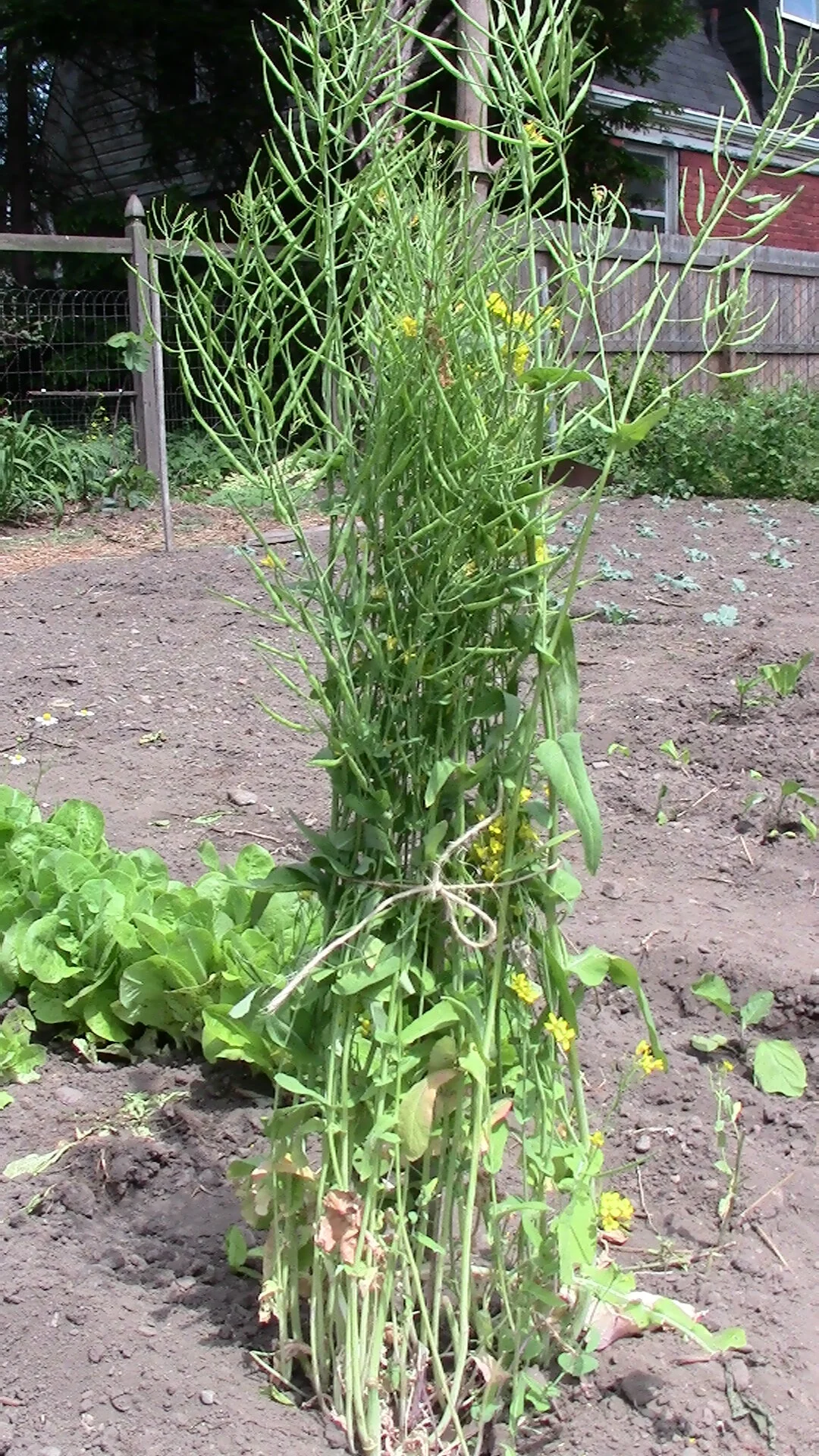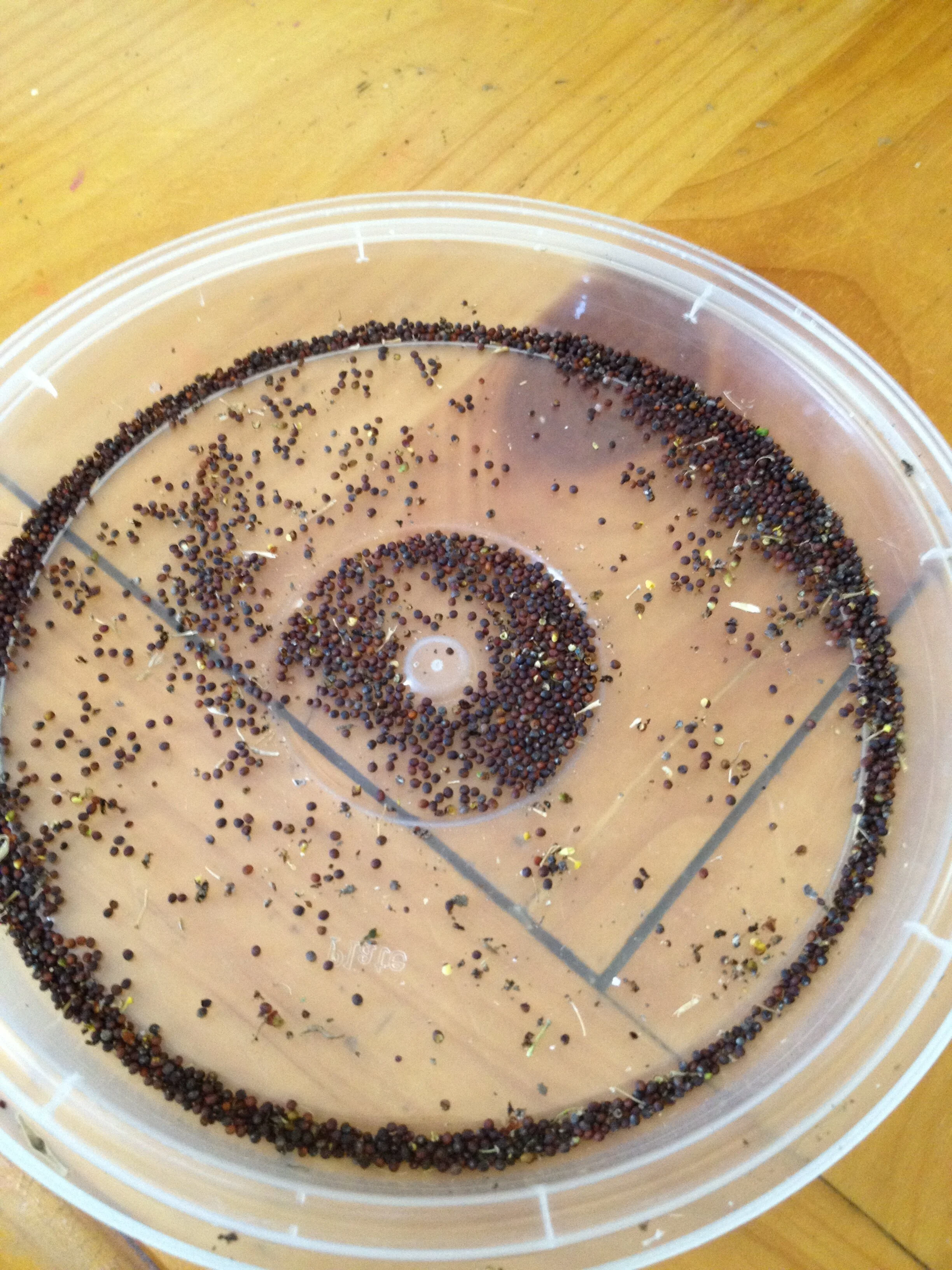Growing and Cooking Rapini
The greens of the mustard family are a staple of the Italian American garden. They are easy to grow, delicious, and nutritious. There are dozens of varieties of two main types, one that is a true broccoli and one that is basically the leaves of a turnip plant that doesn’t produce a bulb which is formally known as Cima di Rapa. Small broccoli-like heads appear on most varieties, although some are “senza testa”, without a head. Italian American gardeners seem to use the names interchangeably, referring to them all as broccoli rabe, rapini, rapa or broccoletti. Some varieties are mild and sweet and have only a slightly bitter taste which makes it possible to saute in oil without first boiling to remove bitterness like other varieties.
Some varieties can be planted in the fall in cold weather climates, and will grow to several inches. The plant remains partially green but somewhat wilted looking over the winter. As soon as the weather warms slightly in very early spring, it begins to actively grow again and is ready to harvest in April and May. Tommasina planted hers last September after she pulled out the tomato and bean plants. Here are photos in the fall, then in early March, and then in April.
Many varieties can also be planted in early spring and harvested in early summer. It doesn’t have to be grown in cool weather, but it can tolerate very cold weather so it might as well be grown when not much else can be. The Macchiones planted some about two months ago and it will be ready to pick soon.
Here is a photo of Mr. Ciccone’s. He has two varieties planted in one very long row. Half the row is the kind that forms the little broccoli heads (the yellow flowers that he is allowing to grow into seed for planting next year) and the other half is the kind in which the leaves are the only thing eaten. In the video he is talking about the kind that makes the broccoli heads.
Tommasina had just harvested some when I stopped by for a visit in late April. To harvest, cut the broccoli heads and leaves about six inches. It will re-grow and provide several cuttings.
To prepare, most varieties need to be boiled to remove some of the bitterness, then immersed in a cold water bath, drained, then squeezed of water. It’s then usually sautéed in olive oil, garlic and salt. Like most vegetables, Italian Americans generally cook it until soft, not crunchy.
In the video below, Maria explains how to cook and prepare rapa, as she refers to it. And because I probably foolishly asked how long she cooks it, I love how she says “you cook it (boil it) until it’s cooked.” Plain and simple. No specific time. Having grown up with the same dishes that have been prepared for generations, she grew up seeing it prepared, never using recipe books and timers. I generally have given up asking for cooking times and temperatures, because I get responses like this. “You cook it until it’s cooked.” A polite, but slightly exasperated way to say, “You just cook it until it’s done, for God’s sake”.
All varieties of these mustard greens are an excellent source of vitamins C, folate, calcium, potassium and beta-carotene and also contains the antioxidant lutein. One plant produces hundreds of seeds, so you’ll often see just a few plants left to flower and go to seed.
